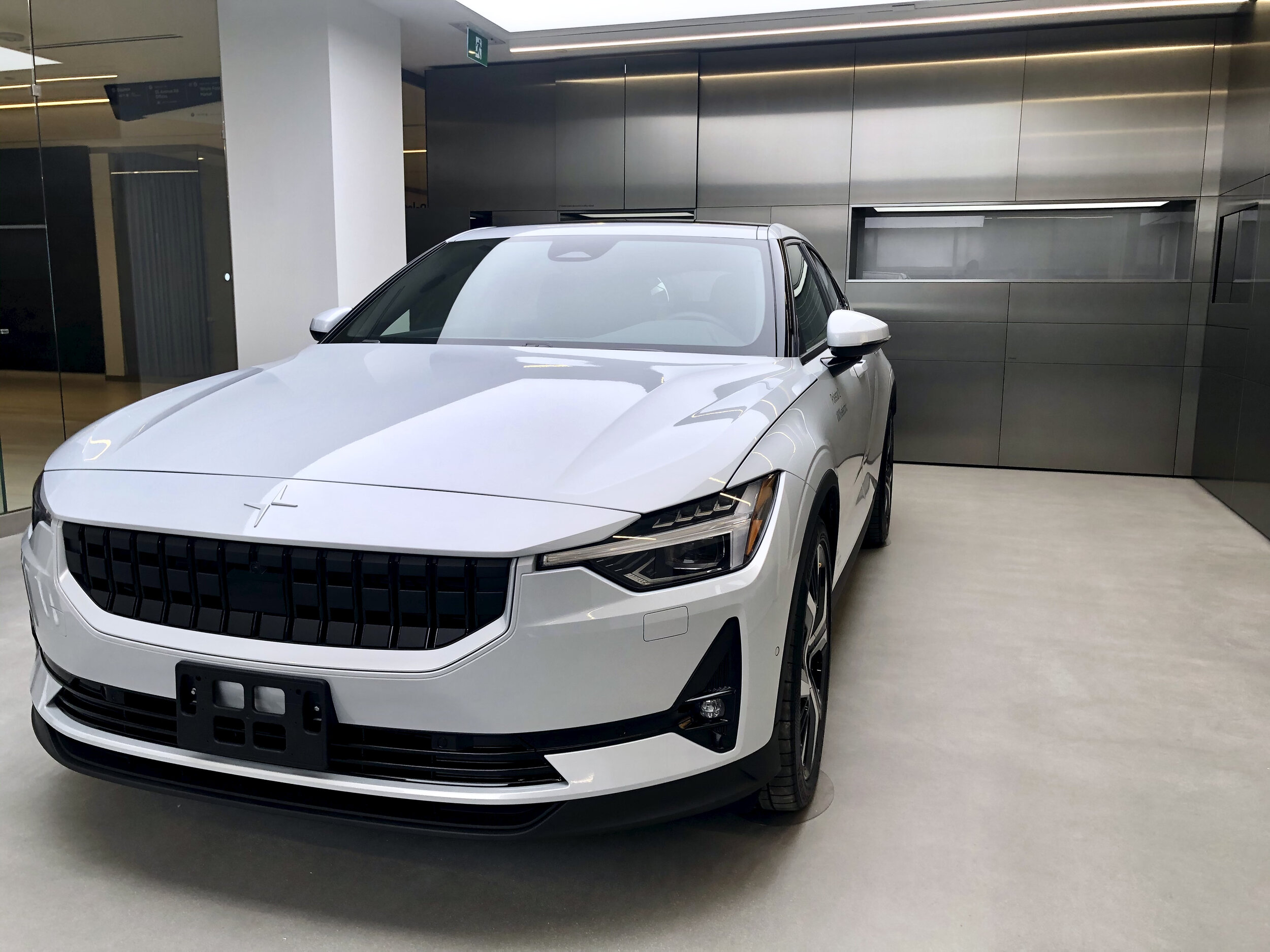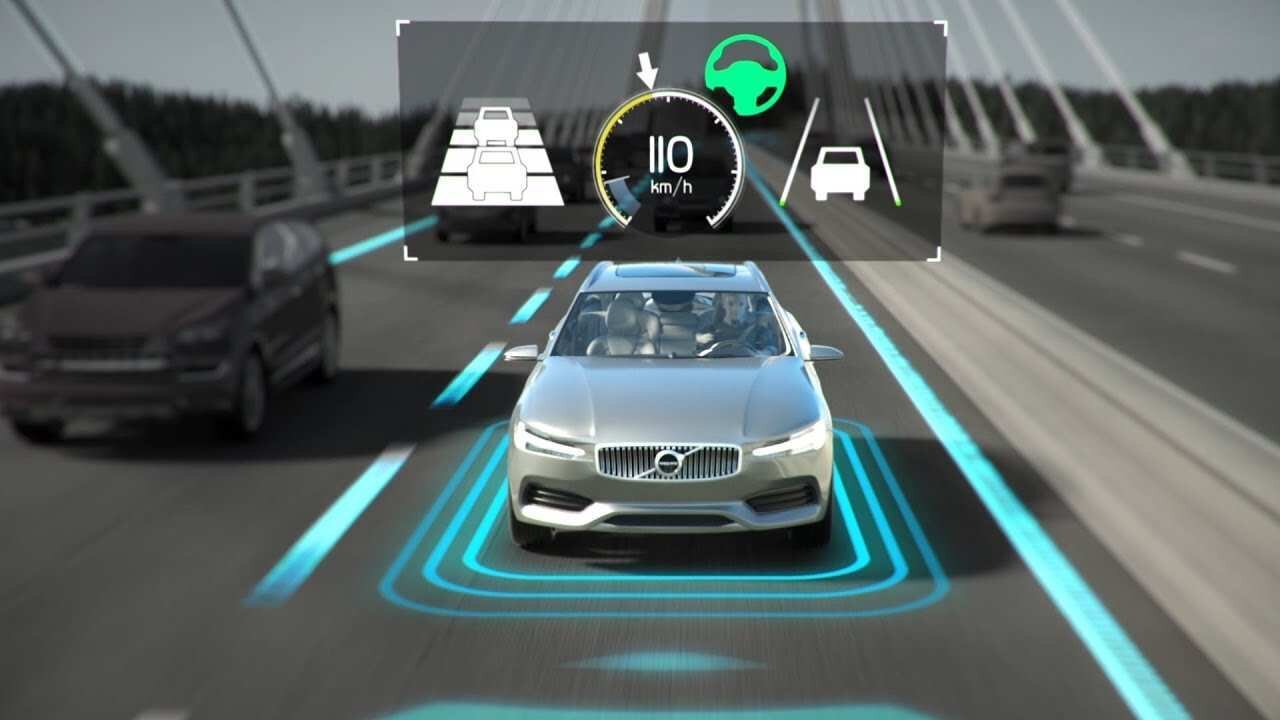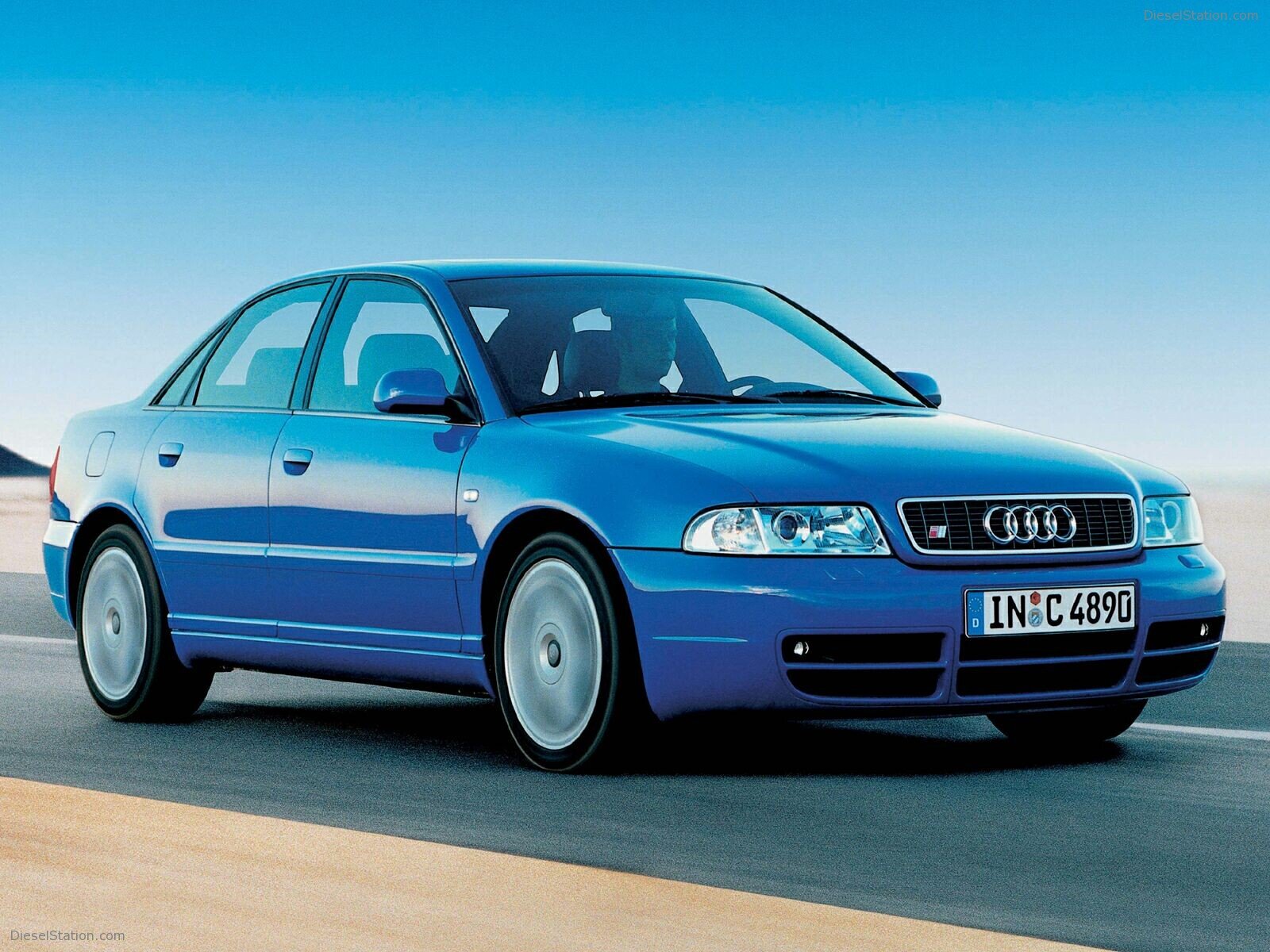Polestar 2: A Scandinavian sports sedan.
Scandinavian design
“Delightfully minimalistic, yet sophisticated enough to make a statement.”
We decided it was time to replace the sofa recently. It served diligently as a tool to sit on for years. According to the individual whom inherited it, the sofa has character too. I hope she doesn’t also inherit the back pain and recurrent itch I would encounter after any length of time sitting beyond the length of a Kim’s Convenience episode.
That said, I might’ve endured that itch had I realized how daunting a task selecting a new sofa is. I can’t help but feel a bit guilty for sitting in seemingly every affordable sofa in the GTA and still feeling unsure, especially during a pandemic. Each one was either too soft, too big or too ugly. Finding goldilocks is deadly, it would seem.
That is, until we started visiting the Scandinavian furniture stores (no, IKEA doesn’t count). The sofas here are delightfully minimalistic, yet sophisticated enough to make a statement. They are visually lightweight, airy and efficient. Sit in them and you’ll feel a firmer, yet supportive approach. It’s as if the designer intended to comfortably allow only one feature-length film sitting, as opposed to a late-night binge of The Crown with pizza nearby.
It’s a design-focused performance.
A Polestar Space.
“It’s almost like visiting an art gallery where the cars are the exhibits.”
Walking into the Polestar store in Yorkville is a similar experience. The chairs, tables, walls and attire all have a subtle sophistication. There are no salespeople, only Specialists and a Space Manager to ensure you enjoy your visit—and what a space to manage! There are panels that reveal Polestar’s portfolio of innovative technology, from wheels to drivetrain components. The company describes it best: “It’s almost like visiting an art gallery where the cars are the exhibits.”
Polestar 1
The limited production, high-performance hybrid grand tourer that marked Polestar’s transition from Volvo tuner to electric car brand.
Indeed, the cars are works of art. The genesis of Polestar’s design language lies with Thomas Ingenlath, Volvo designer turned Polestar CEO. Despite starting as a racing company, he has led Polestar’s transformation towards a “design-focused electric performance car brand”, grounded in innovative technology and a sustainable, carbon-neutral approach. The Volvo-esqe (but undeniably sexy) Polestar 1 luxury sports coupe was the first step towards this vision, but the Polestar 2 is truly a defining statement of what this brand is all about.
A statement, of course we cannot consider in a vacuum. I would be remiss to ignore the fact the Polestar 2 is really the first true competitor to the Tesla Model 3, in terms of proportions, performance and range. Though it may seem like a big undertaking for a brand without Elon-lofty sales expectations, the truth is that the Polestar isn’t entirely bespoke, being a distant offspring of the highly flexible Compact Modular Architecture (CMA) platform. In fact, it is built alongside its cousins (most notably, the Volvo XC40 Recharge) in Geely’s Luqiao super factory.
Scandinavia meets Google.
At first glance, the Polestar 2 appears larger than the Model 3, likely due to an 11mm higher ground clearance and more deliberately squared off chiseled lines. Perhaps the visual impact of a two-level store and the similarly simple but more pastel-like colour palette makes the Polestar 2 look a bit more imposing than the Tesla. There’s no question that this is a car you will be stopped in by curious observers, perhaps familiar with the Thor’s hammer headlights, but confused by the animated LED taillight seemingly wrapping around the star logo. “What the hell is that?”—is a question no longer asked upon sight of the ubiquitous Model 3.
“Fastback”
Polestar’s name for the 2’s practical hatchback design.
Despite the sports sedan proportions, the ride height and more up-right A-pillar make entry/exit seem almost akin to the experience of a small crossover. Given its CMA platform roots, that is no surprise, as the FWD-focused architecture keeps the distance between the front wheels and pedal box fixed—in the case of the Polestar 2, a non-issue unless you have long legs and short arms. That said, there is no question that the interior layout is far more driver-focused than any other four-door EV, this side of the Taycan. Three more passengers would likely be happy too, and it would accommodate a fourth in a pinch. Cargo capacity is similar to a Model 3, but the added benefit of a hatch allows you to actually utilize the space when lugging around awkward items. The flip-up divider is another clever idea to keep groceries in place.
Tesla is known for its minimalist approach to interior design, but this different. It has a digital instrument cluster and large vertical display in the centre console, but that’s where the similarities end. The uniquely shaped gear level adorned with the Polestar logo is the centre piece, with the most critical buttons within easy reach of the driver. The steering wheel may be borrowed from Volvo, but it is a well-designed piece, along with all the switchgear. The materials are a step above Tesla’s, though perhaps not at the level of the Germans at this price-point.
Sustainable materials.
“…a step above Tesla’s, though not at the level of the Germans at this price-point.”
Perhaps the biggest difference is the fact the Polestar 2 is the first production vehicle to run the Google Android Automotive operating system. I must say, Polestar must’ve had significant involvement as few Google products are this pleasurable to use. The screens display the brand’s designer Unica77 font at an easily legible size for fast comprehension without squinting or diverting too much attention. The learning curve here is very low, with climate, media and car setting operations one or two taps away. If you can’t be bothered, you can bark at full speed with a “Hey, Google!” and the car complies with your command. “Find me a charger”, or “Turn on my heated seat” is done at a moment’s notice. Quite frankly, I believe it might be the best overall UX of any car I’ve ever driven. I just hope that doesn’t come at the cost of privacy. I suppose if I start to see Dairy Queen drive-thru ads in my browser, I’ll let you know.
A European driving experience.
Toronto is known to have two seasons: winter and construction. The Polestar won’t let you forget which one of those seasons you are in. Like a good Scandinavian sofa, this car is firm, but not overwhelmingly so. It communicates road imperfections with a singular, direct motion, thanks to a noticeably rigid chassis and the Öhlins dampers (included with the Performance package). It doesn’t let you forget that it’s a sports sedan whilst doing errands, and thus a bit more firm than the last Model 3 I’ve driven, but never jarring.
Performance Package
These gold Brembo brake calipers and the adjustable Öhlins dampers behind them are worth it. The gold seat belts don’t hurt either.
It starts to settle once you get to the highway. It’s clear that Polestar spent considerable time on acoustics, as there’s minimal wind noise and the big 20” tires do not encroach on the general sense of quiet as you surpass triple-digit speeds. There’s an innate sense of stability, with a slightly muted, but direct steering feel. There is no twitchiness with quick lane changes, even while accelerating, thanks to Polestar’s torque vectoring. Above 100 km/h, it starts to feel more grand tourer than sports sedan, encouraging you to cover long distances at high speed.
Pilot Assist
Polestar 2 leverages Volvo’s lane-keeping, radar-cruise system.
Polestar’s Pilot Assist (borrowed from Volvo) system certainly helps. Unlike Tesla’s Autopilot, this system is designed to reduce the stress and fatigue associated with highway driving, rather than replace large parts of the driver’s awareness. It will gently keep you in lane, hold distance and take over the burden of stop-and-go traffic, but don’t expect it to drive for you.
That’s not what this car is about. The Polestar 2 really comes alive when you start to get away from the monotony of everyday driving and enjoy a backroad, where the brand’s racing roots begin to show. The power and performance land somewhere between a Model 3 Long-Range AWD and Performance, but the Polestar’s delivery is more linear. The Tesla gives you an abrupt peak torque response to the accelerator pedal, whereas the Polestar smoothly rolls on the thrust to a crescendo. This allows you to focus a bit more on your driving, seeking out every last bit of grip provided by the seemingly symbiotic relationship between the 245 section-width tires, Brembo brakes and the dampers. In fact, the Öhlins can be manually adjusted to dial in the exact response to your driving preference. That alone should serve as a signal of this car’s priorities.
It’s a driver’s car.
“The Polestar feels like a modern interpretation of what sports sedans used to be.”
A compelling proposition for drivers.
History: B5
The chassis code for the first Audi A4. Audi’s response to the BMW 3-Series, it was consistently ranked as one of the best sports sedans of the time.
I think that is the point to consider here. Yes, the Polestar 2 will exist in constant comparison to the Model 3 and many buyers will cross-shop them, as they should. But the design priorities and execution are fundamentally different. The Tesla is a fun car to drive, but it isn’t a driver’s car. The experience is futuristic and the neck-snap acceleration and whoopee cushion feature induces smiles. The Polestar, on the other hand, feels more like a modern interpretation of what sports sedans used to be. It’s a bit more serious, focused on offering a stellar driving experience wrapped in a stylish package, rather than offering to drive you. If you’ve been waiting for an electric successor to the original Audi S4, this might be closer than you think.
Model 3 SR+
“It’s hard not to recommend a Model 3 SR+ as a better car for those that won’t think to venture to a backroad.”
But let’s be honest, people that like to drive are a shrinking group. For the others, the Polestar 2 is a difficult value proposition, certainly if you aren’t married to the idea of an EV. In excess of $80,000 (CAD) is a tad eye watering, especially when you consider a large group of alternatives at that price point. Furthermore, there’s no question that the efficiency is not quite up to par, especially in colder conditions (though a heat pump is coming shortly to help mitigate this). As a rational choice, it’s hard not to recommend a Standard Range Plus Model 3 as a better car for those that wouldn’t think to bother venturing to a backroad.
But then again, if I lived my life that way I would end up with a white KIVIK sofa, like many others that eventually expired after following the local IKEA obstacle course. What fun is that?

















